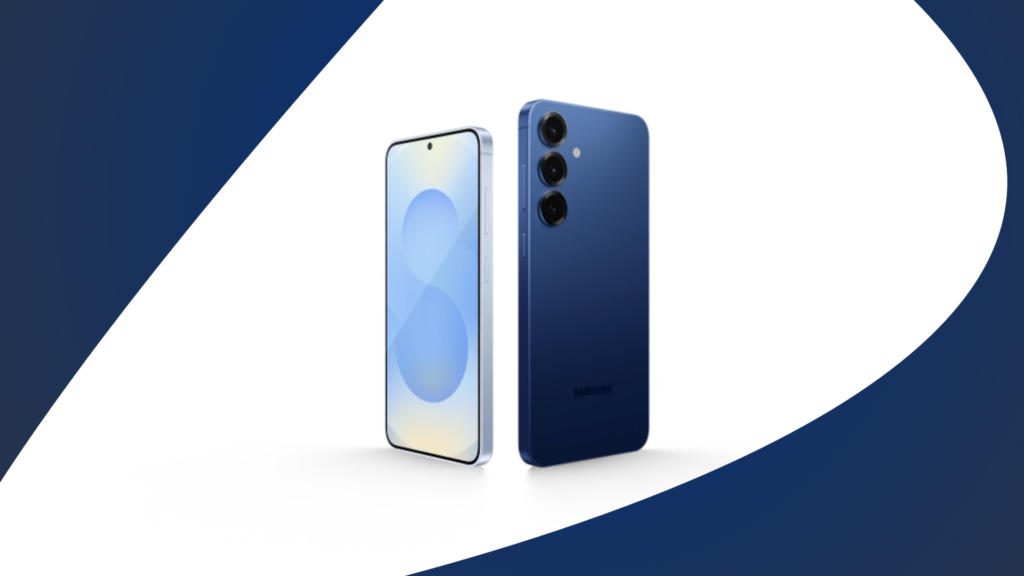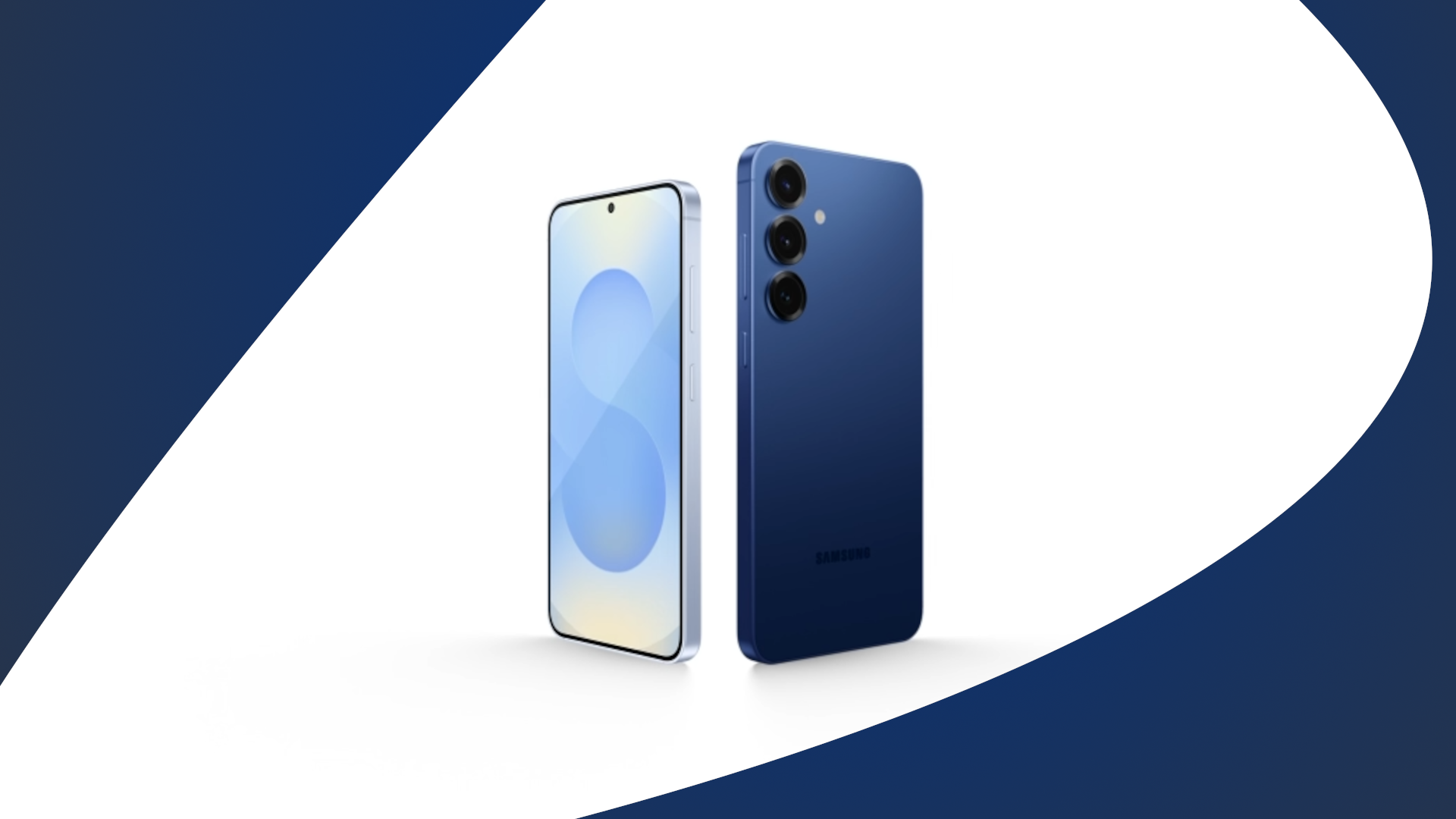After testing the Samsung Galaxy S25 for a week, it’s clear this phone dominates benchmarks—but struggles to break new ground. Here’s why it’s a polished powerhouse, yet predictable.
Pros & Cons at a Glance
Pros
- Blazing Snapdragon 8 Elite performance
- All-day battery life (16+ hours in tests)
- Sleek, pocket-friendly design
Cons
- Stale camera hardware since 2023
- Clunky AI integration (Bixby vs. Gemini confusion)
- Identical design to Galaxy S24/S23
Design: Polished but Repetitive
The Galaxy S25 mirrors its predecessors: a 6.2-inch AMOLED screen crammed into a compact frame. While lighter than the iPhone 16, its “Icy Blue” and “Silver Shadow” finishes can’t mask the déjà vu. Bezels shrink slightly, but it’s still a glass slab with rounded corners—no innovation here.
Key Specs:
- Weight: 162g
- Dimensions: 146.9 x 70.5 x 7.2mm
- Durability: IP68 water resistance
Display: Bright but Buggy
The 120Hz AMOLED dazzles with 2,600 nits peak brightness, perfect for snowy landscapes or HDR videos. But the under-display fingerprint scanner falters—expect multiple retries or PIN fallbacks.

Performance: Unmatched Power
The Snapdragon 8 Elite for Galaxy crushes rivals:
- Geekbench 6: 2,450 (Single-core), 7,800 (Multi-core)
- Genshin Impact: 60fps on max settings
Yet, Samsung hasn’t harnessed this power for groundbreaking features. AI edits photos smoothly, but gaming lacks exclusive perks like ray tracing.
Cameras: Reliable, Not Revolutionary
The 50MP main sensor delivers vibrant shots but lags behind the OnePlus 13 in dynamic range. AI tools impress—erasing photobombers’ shadows seamlessly—yet hardware feels dated.
Sample Shots:
- Portrait Mode: Crisp subject separation
- Night Mode: Warm tones, minor noise
- Ultra-Wide: Distortion at edges
Software: One UI 7 Shines, AI Stumbles
One UI 7 offers deep customization but drowns users in 46 preinstalled apps. Galaxy AI promises personalized insights (e.g., sleep optimization) but rarely delivers. Bixby handles device controls better than Gemini, yet setup defaults to Google’s less-capable assistant.
Battery & Charging: Longevity Over Speed
- 4,000mAh battery: Lasts 16 hours in lab tests
- Charging: 50% in 30 mins (25W wired), full charge in 75 mins
No match for OnePlus 13’s 100W speeds, but wireless power-sharing saves the day for Galaxy Buds.
Should You Buy the Galaxy S25?
Buy if:
- You need a compact Android flagship now
- Speed and battery life are non-negotiable
- Trade-in deals slash the $799 price
Skip if:
- You own a Galaxy S23/S24 (wait for S26)
- Cameras are your priority (see Pixel 9 Pro)
- AI-driven features matter (iPhone 16 excels here)
Alternatives
| Phone | Key Difference vs. S25 | Price |
|---|---|---|
| iPhone 16 | Stronger ecosystem, weaker zoom | $799 |
| Pixel 9 Pro | Smarter AI, frequent discounts | $999 (sale: $799) |
| OnePlus 13 | Faster charging, better cameras | $799 |
FAQ:
Does the Galaxy S25 overheat during gaming?
No—the Snapdragon 8 Elite chip stays cool even during 60fps Genshin Impact sessions.
Is the Galaxy S25 camera better than the iPhone 16?
For zoom and AI editing, yes. For video and color accuracy, the iPhone 16 wins.
Final Verdict:
The Galaxy S25 is the fastest small phone today, but iterative updates make it best for newcomers—not Galaxy loyalists.

